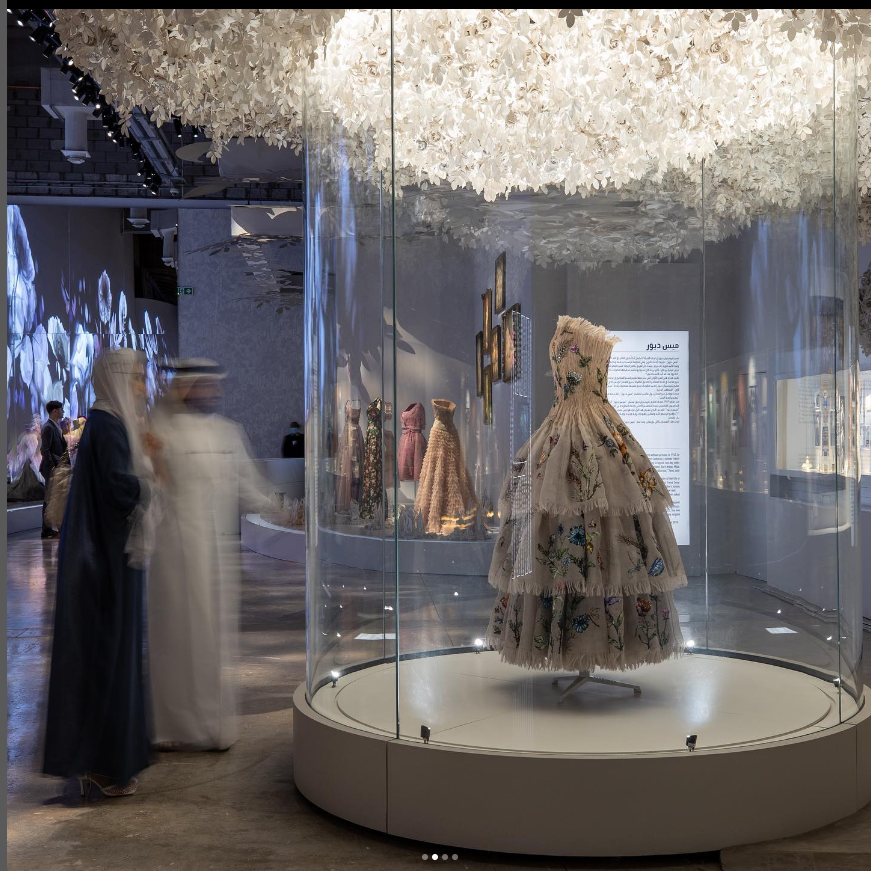Optimization design of exhibition display cases in temporary exhibitions of museums
When it comes to the optimization design of exhibition display cases in temporary exhibitions of museums, several considerations should be taken into account to create an effective and engaging display. Here are some key factors to consider:
Flexibility: Temporary exhibitions often feature a variety of artifacts, artworks, or exhibits that may vary in size, shape, and medium. The exhibition cdisplay cases should be designed to accommodate different types of objects and allow for easy reconfiguration to suit the changing requirements of each exhibition.
Preservation and security: The primary goal of exhibition display cases is to protect and preserve the exhibited items. They should be designed with appropriate climate control features to maintain ideal temperature, humidity, and lighting conditions. Additionally, the cabinets should incorporate security measures such as locks, alarms, and clear visibility to deter theft or damage.
Visibility and accessibility: The design of exhibition display cases should prioritize visibility and accessibility for visitors. The placement and arrangement of objects within the cabinets should allow for clear sightlines and unobstructed views. Adjustable shelving, lighting, and display angles can enhance visibility. Moreover, considering the needs of all visitors, including those with disabilities, is essential. Ensuring that the cabinets are accessible to individuals using mobility aids or assistive devices is crucial.
Information presentation: Exhibition display cases should provide appropriate space for accompanying labels, captions, or information panels. Visitors rely on these details to understand the context, significance, and history of the displayed objects. Integrating digital displays or interactive elements within the cabinets can enhance the visitor experience and offer additional information in an engaging manner.
Aesthetics and thematic coherence: The design of exhibition display cases should align with the overall aesthetic and theme of the temporary exhibition. Consistency in materials, colors, and styles can create a visually cohesive environment that enhances the narrative or concept being presented.
Lighting and conservation: Lighting plays a vital role in exhibition design, as it can dramatically impact the visibility and conservation of objects. Display cabinets should incorporate appropriate lighting techniques, such as adjustable spotlights or diffused lighting, to highlight the objects while minimizing damage caused by excessive light exposure.
Traffic flow and spacing: Consider the layout of the exhibition space and how visitors will move through it. Optimize the placement of exhibition display cases to allow for smooth traffic flow and avoid congestion. Providing sufficient space between cabinets ensures visitors can comfortably view the exhibits without feeling cramped.
Durability and reusability: Temporary exhibitions often have a limited lifespan but may be repurposed or reused in the future. Designing exhibition display cases with durable materials and construction methods allows for longevity and potential reuse in subsequent exhibitions, reducing costs and waste.
Collaboration with curators and designers: Collaboration between museum curators, exhibition designers, and cabinet manufacturers is crucial for a successful exhibition. Involve experts from multiple disciplines to ensure the cabinets meet the specific requirements of the exhibition and align with the overall vision and goals.
By considering these factors, museums can optimize the design of exhibition display cases in temporary exhibitions, providing a compelling and immersive experience for visitors while safeguarding the exhibited items.
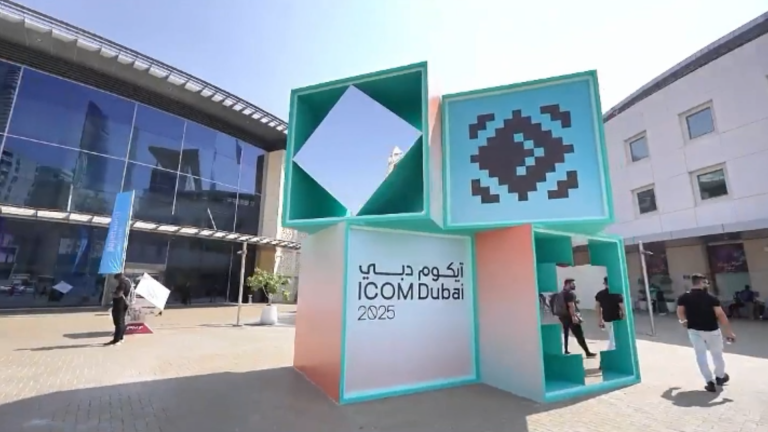
Relicase: Exhibit in Dubai, Engage with the world.
On November 12th 2025, the 27TH ICOM GENERAL CONFERENCE opened at the Dubai World Trade Center, the financial center of the Middle East. More than 4,000 professionals from more than 100 countries and regions around the world attended the conference, and more than 50 Chinese museum leaders, experts, scholars and enterprise representatives attended the conference. “This is a grand…
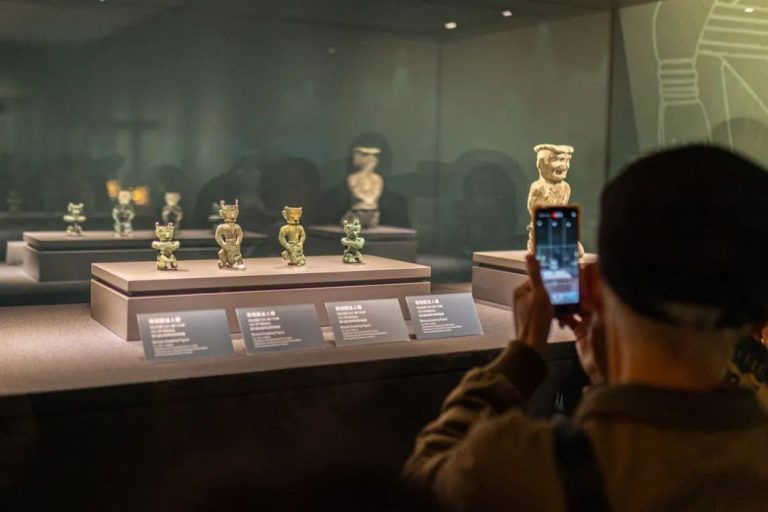
Museum Showcase Excellence: How Relicase Brought Ancient Shu Treasures to 300,000+ Visitors
Over 300,000 Visitors!Ancient Treasures of Shu Shine in Hengqin: The Mystique of Sanxingdui and Jinsha Captivates Audiences The special exhibition Ancient Treasures of Shu: Sanxingdui and Jinsha attracted more than 300,000 visitors, including nearly 60,000 from Hong Kong, Macau, and Taiwan, making up almost 20% of the total audience. On April 24, the three-month exhibition…
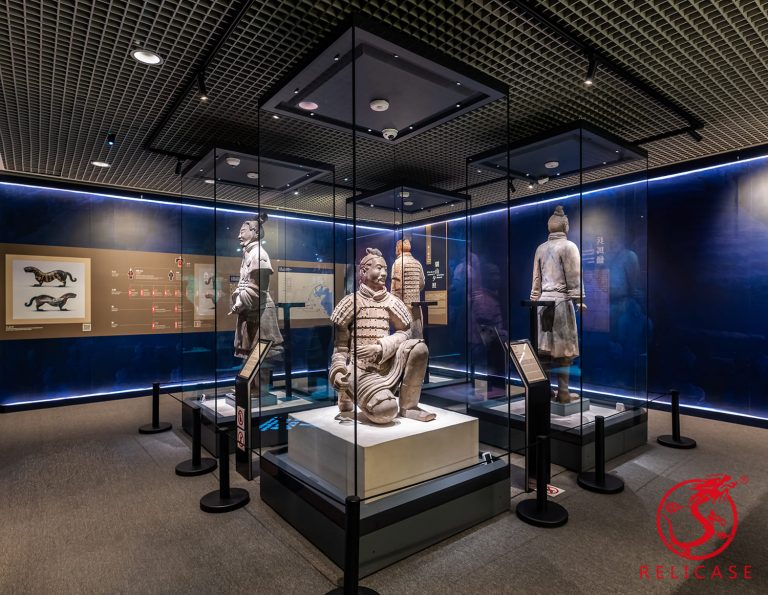
Relicase at Macau Museum: Safeguarding Heritage, Celebrating Legacy
Macau Museum: “Edification of the Masses — Cultural Treasures from the Zhou, Qin, Han, and Tang Dynasties” A Landmark Embraces Innovation The Macau Museum stands proudly atop the historic Mount Fortress, next to the famous Ruins of St. Paul’s. As an iconic symbol of Macau’s history and multicultural heritage, it now embraces the touch of…
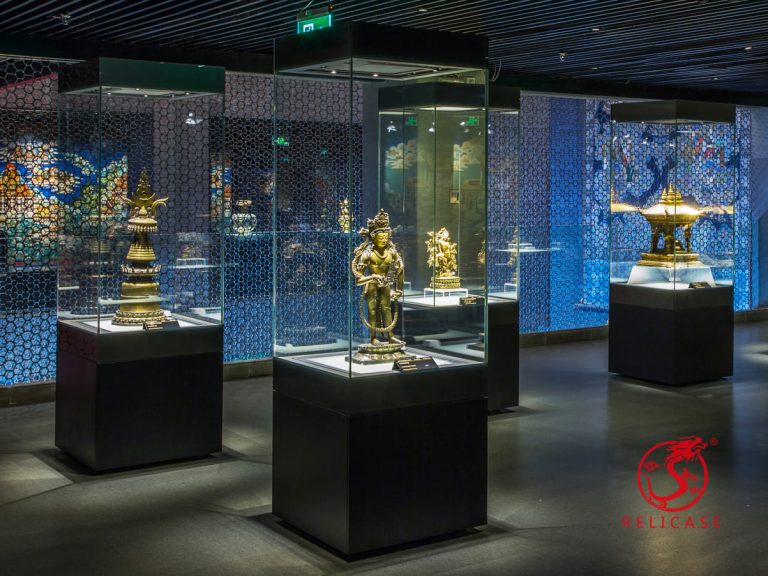
Potala Palace
Abstract On April 26, 2017, Relicase completed the showcase project for the Treasure Hall of the Potala Palace in Tibet. The Collections Hall spans three floors and is divided into two major sections, showcasing a total of 273 individual artifacts and replicas, as well as 155 sets of artifacts (or 159 sets, including 147 sets…
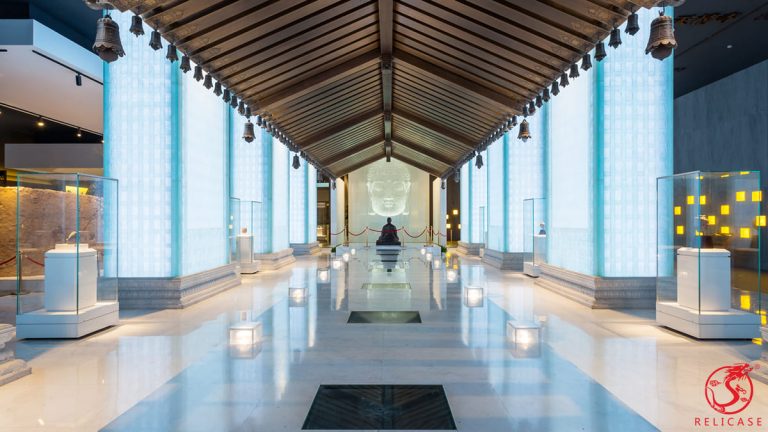
Porcelain Tower of Nanjing
Abstract The Porcelain Tower of Nanjing, named and constructed by Emperor Yongle of the Ming Dynasty to honor his parents’ boundless love and virtue, stands as a symbol of filial piety. Celebrated in Du Mu’s poetic lines, “Four hundred and eighty temples of the Southern Dynasties, how many pavilions linger in the mist and rain,”…
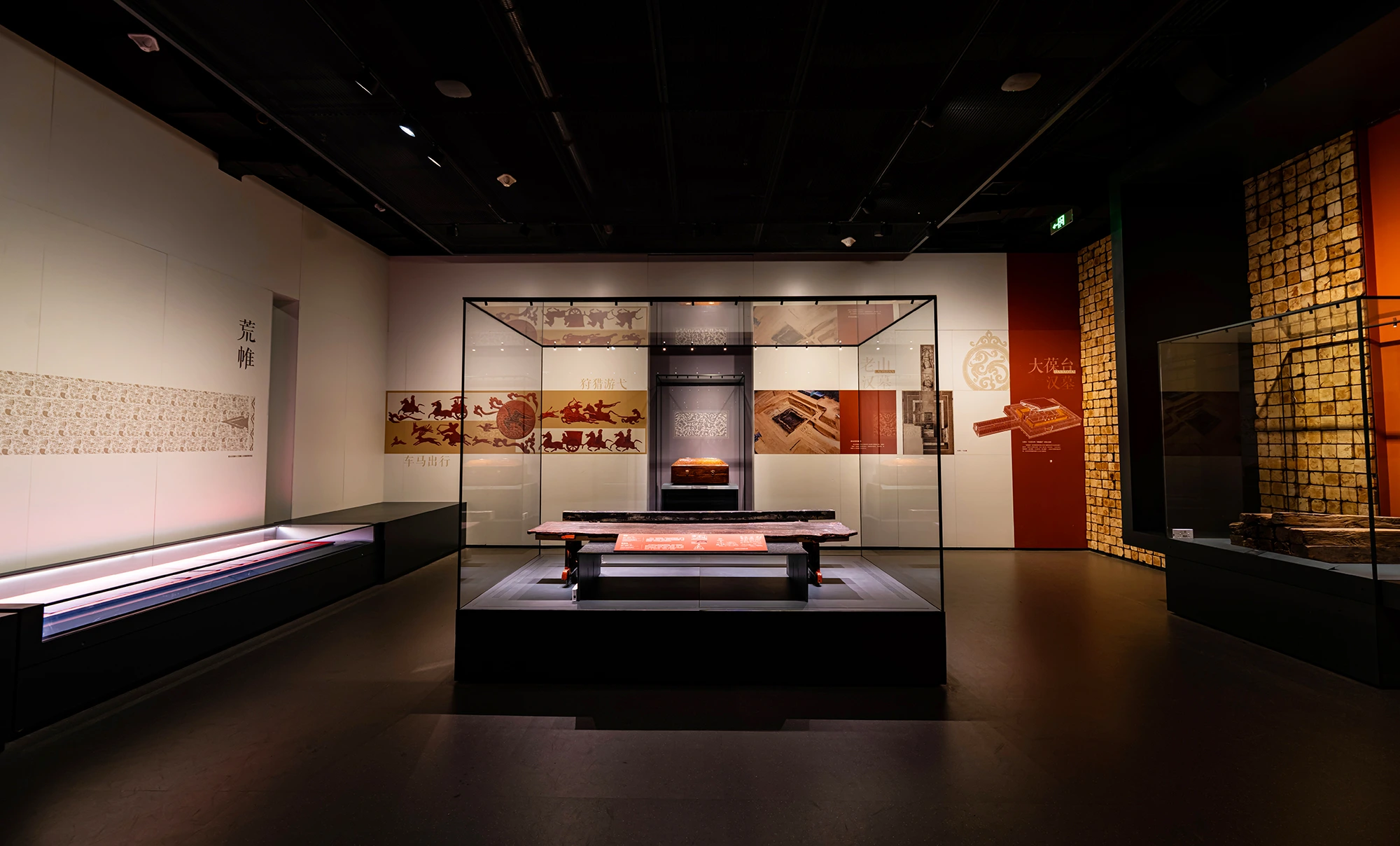
The basic guide to Museum Showcase Glass
As museums continue to modernize, the glass used in display cases has undergone a remarkable transformation to meet ever-evolving requirements for safety, visibility, and artifact preservation. The shift from basic transparent materials to specialized, high-performance glass highlights the strides made in exhibition technology. The Journey of Museum Showcase Glass Historically, glass in museum showcases was…

